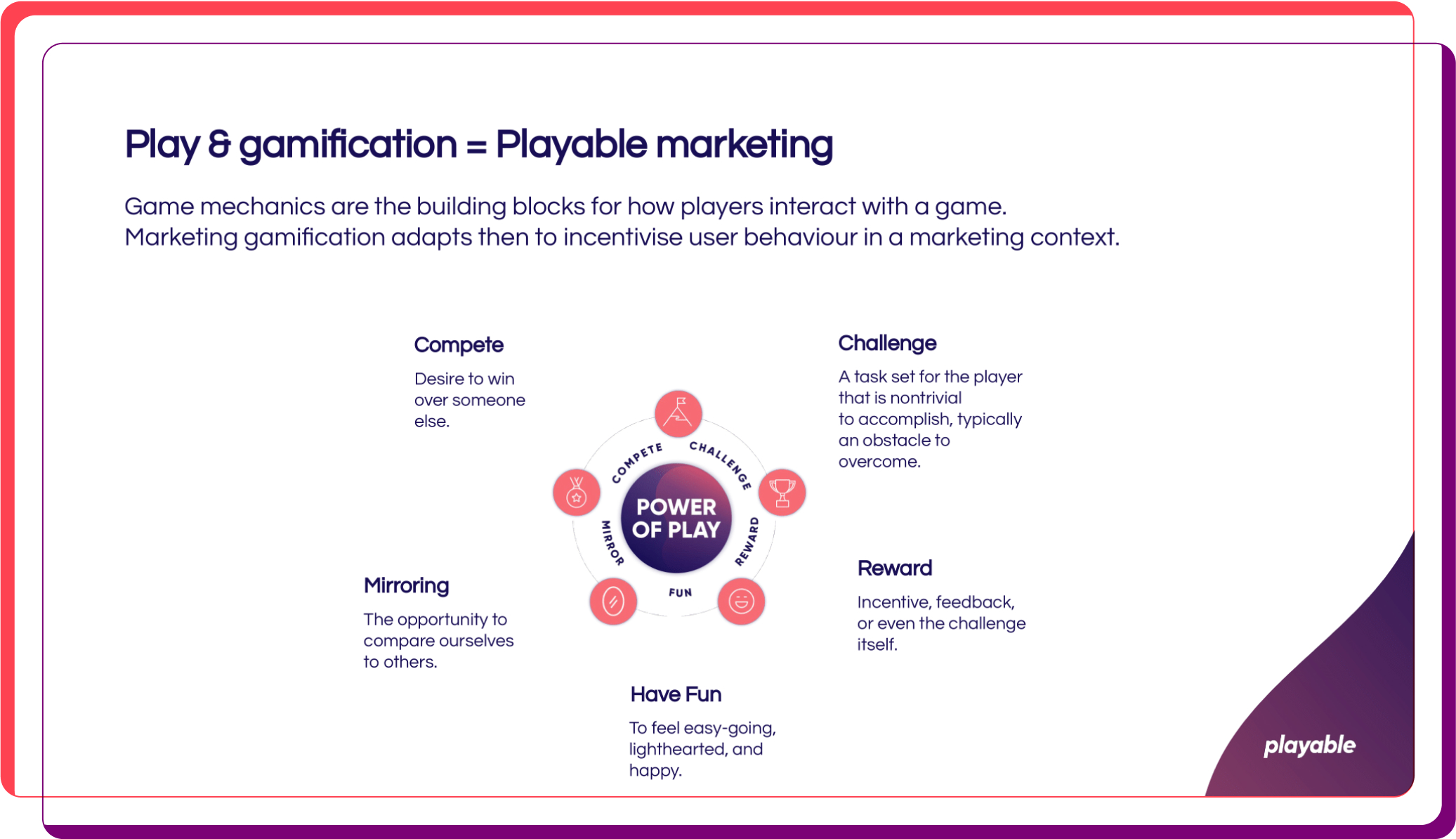Revitalize Your Look with Biondo Hair Design
Explore the latest trends and tips in hair design and care to achieve the perfect look.
Engaging Players: The Secret Sauce Behind Captivating Game Design
Unlock the secrets of captivating game design and discover how to keep players hooked! Dive in for expert tips and strategies!
Top 5 Elements of Game Design That Keep Players Coming Back
Game design is a complex field that captivates players and keeps them engaged. Among the most significant elements are mechanics, storytelling, and visuals. First, game mechanics refer to the rules and systems that facilitate gameplay. A well-crafted set of mechanics encourages players to explore, strategize, and immerse themselves in the experience. Second, storytelling draws players into the narrative, allowing them to form a connection with characters and the game world. When players feel invested in a story, they are more likely to return for further adventures. Lastly, visuals play a critical role in leaving a lasting impression. Stunning graphics and an appealing art style can create an unforgettable atmosphere that keeps players coming back for more.
In addition to mechanics, storytelling, and visuals, community and reward systems are crucial aspects of game design. Building a strong community helps forge connections among players, enhancing the social experience of gaming. When players engage with others, whether through forums, multiplayer sessions, or social media, they are encouraged to return to the game to continue forging those bonds. Finally, effective reward systems incentivize players, providing them with a sense of progress and achievement. By implementing well-balanced rewards, such as unlocking new levels or earning in-game currency, developers maintain player motivation and satisfaction, ensuring that players will keep coming back for more gameplay.

Counter-Strike is a tactical first-person shooter game that has captivated gamers worldwide. The game emphasizes teamwork and strategy, with players taking on the roles of terrorists and counter-terrorists in various objective-based scenarios. To enhance your gaming experience, consider checking out the duelbits promo code for exciting rewards and bonuses.
How to Create Immersive Experiences in Video Games
Creating immersive experiences in video games is essential for grabbing players' attention and keeping them engaged. To achieve this, developers should incorporate a range of elements such as realistic graphics, compelling narratives, and interactive gameplay mechanics. A well-designed game world allows players to lose themselves in the environment, fostering a deeper connection to the story and characters. Additionally, sound design plays a crucial role; ambient sounds and a powerful soundtrack can evoke emotions and enhance the overall gaming experience.
Another important aspect of designing immersive experiences is the inclusion of player choice and agency. When players feel that their decisions have real consequences within the game, they become more invested in the outcome. Utilizing dynamic storytelling techniques, such as branching narratives and customizable character arcs, can significantly elevate the player’s experience. Furthermore, consider integrating multiplayer features that encourage social interactions, allowing players to share their journeys and collaborate with others, thus creating a richer gaming ecosystem.
What Makes Players Feel Engaged? The Psychology Behind Game Design
Engagement in gaming is largely driven by psychological principles that cater to players' needs and desires. One of the key factors is the balance of challenge and skill. Games that offer an appropriate level of difficulty help players feel a sense of achievement. When players are faced with challenges that are too easy, they may become bored; on the other hand, if challenges are too difficult, it can lead to frustration. This balance can be achieved through dynamics such as pacing, gradual skill acquisition, and feedback systems that let players know how well they are performing. A well-designed game utilizes these elements to keep players engaged by providing a sense of progression and accomplishment as they navigate through levels or challenges.
Another crucial aspect of player engagement is the concept of immersion. Games that successfully draw players into their world enhance the overall experience and keep them invested. This can be accomplished through compelling narratives, detailed graphics, and authentic soundscapes that create a rich environment. Furthermore, incorporating elements of social interaction, such as multiplayer features or community events, can significantly enhance engagement. Players are more likely to stay connected and committed to a game when they can interact with others, share experiences, and face challenges together. Ultimately, understanding these psychological triggers helps game designers create experiences that resonate deeply with players, fostering long-term engagement.